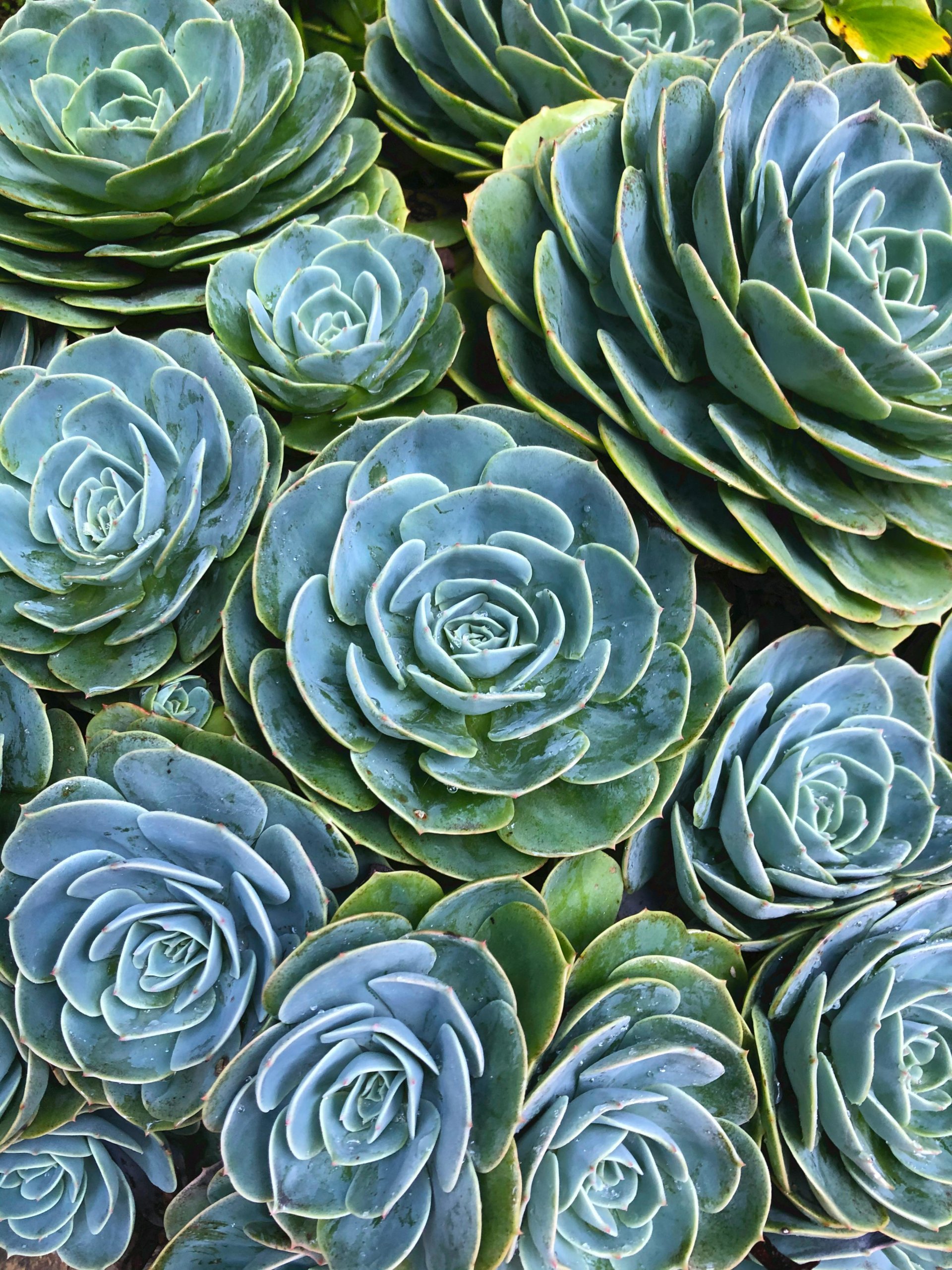Succulent Common Varieties
Succulent plants come in many shapes, sizes, and colors, making them one of the most versatile groups of plants you can grow. Some varieties stay small and compact, while others form larger rosettes or trailing stems. The most common succulent varieties include Echeveria, Aloe, Haworthiopsis, Jade Plant, and Hens and Chicks, each offering an easy way to add texture and interest to your space.
You can choose from popular types that thrive indoors with little care or explore unique and decorative options that stand out in outdoor gardens. Certain succulents grow best in bright sunlight, while others adapt well to lower light, giving you flexibility in where to place them.
Whether you want a low-maintenance houseplant, a striking centerpiece, or a hardy outdoor accent, there is a succulent variety that fits your needs. By learning about the most popular and unique types, you can pick the right plants that match your style and environment.
Most Popular Succulent Varieties
Some succulents stand out because they are easy to grow, have unique shapes, or serve practical uses. These varieties often appear in homes, offices, and gardens because they balance beauty with low maintenance.
Jade Plant and Its Relatives
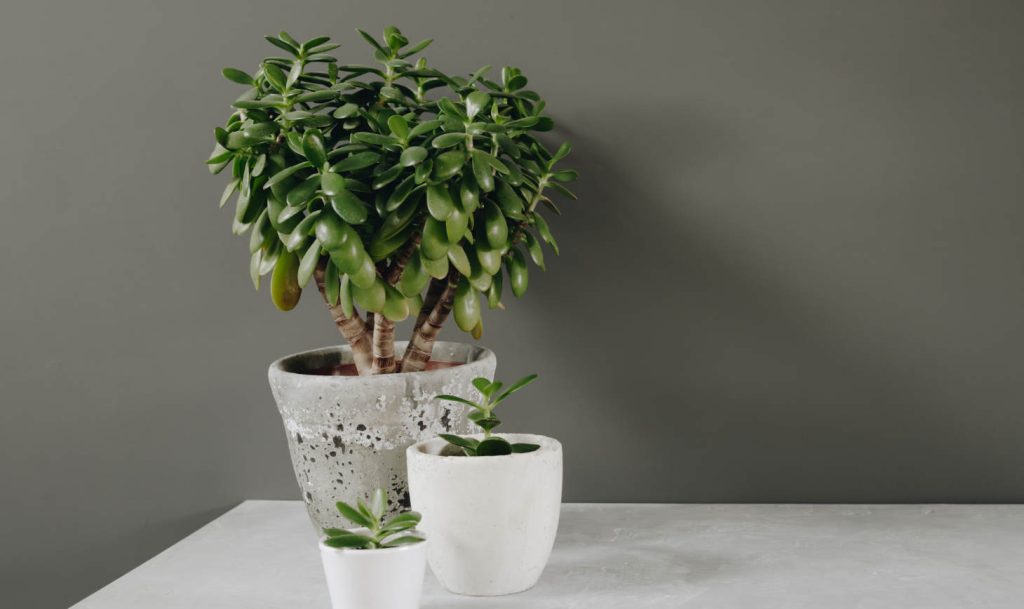
The jade plant (Crassula ovata) is one of the most recognized succulents. You can grow it indoors with bright light, and it will form thick, glossy leaves that store water. Over time, it can develop into a small tree-like plant with woody stems.
Relatives like Crassula arborescens, also called the silver dollar plant, have rounder, gray-green leaves with a powdery surface. Both species are long-lived and can be pruned to maintain shape.
You may also see smaller crassula types with compact growth that work well in containers. These plants prefer well-draining soil and infrequent watering. A simple care routine makes them great for beginners.
Key traits of jade plants:
- Thick, fleshy leaves
- Can live for decades
- Respond well to pruning
Aloe Vera and Aloe Species
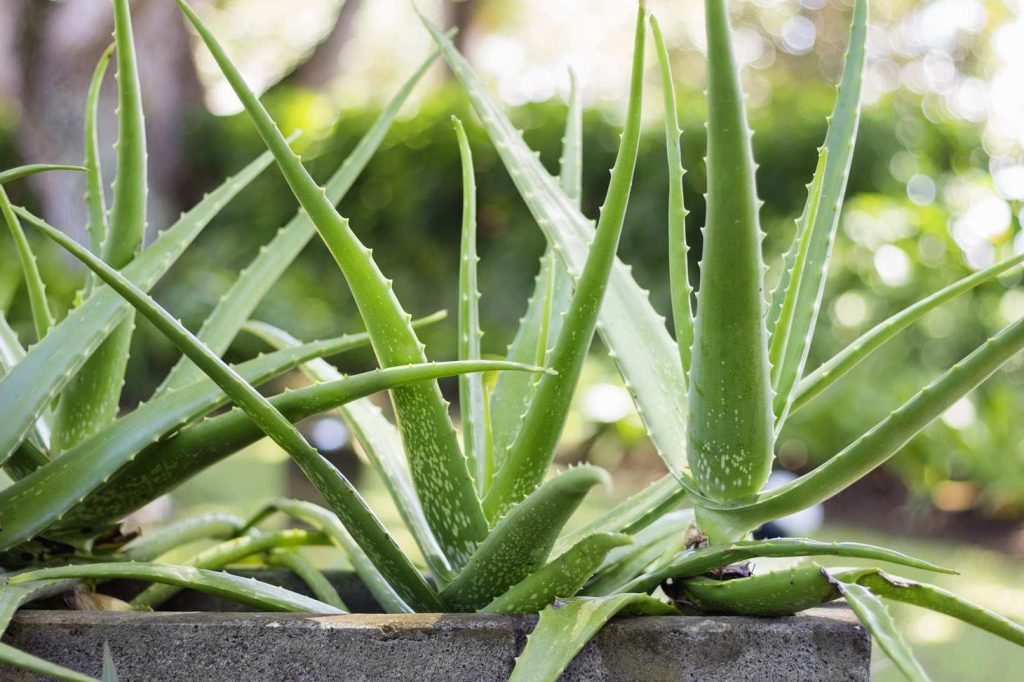
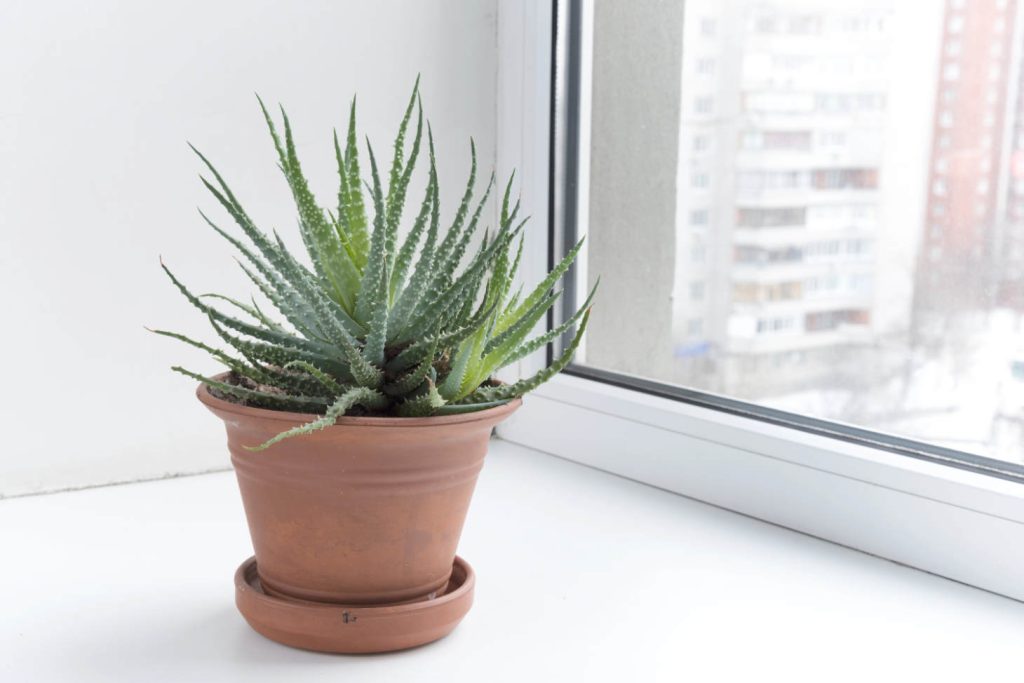
Aloe vera (Aloe barbadensis) is valued for its gel-filled leaves, which are often used in skin care and first aid. You can grow it indoors in a sunny spot or outdoors in warm, dry climates. The plant forms clumps of upright, spiky leaves with serrated edges.
Other species like Aloe aristata (lace aloe) and Aloe humilis (spider aloe) stay smaller and are often grown as ornamental plants. These compact types produce rosettes of spotted or textured leaves and sometimes bloom with tall flower spikes.
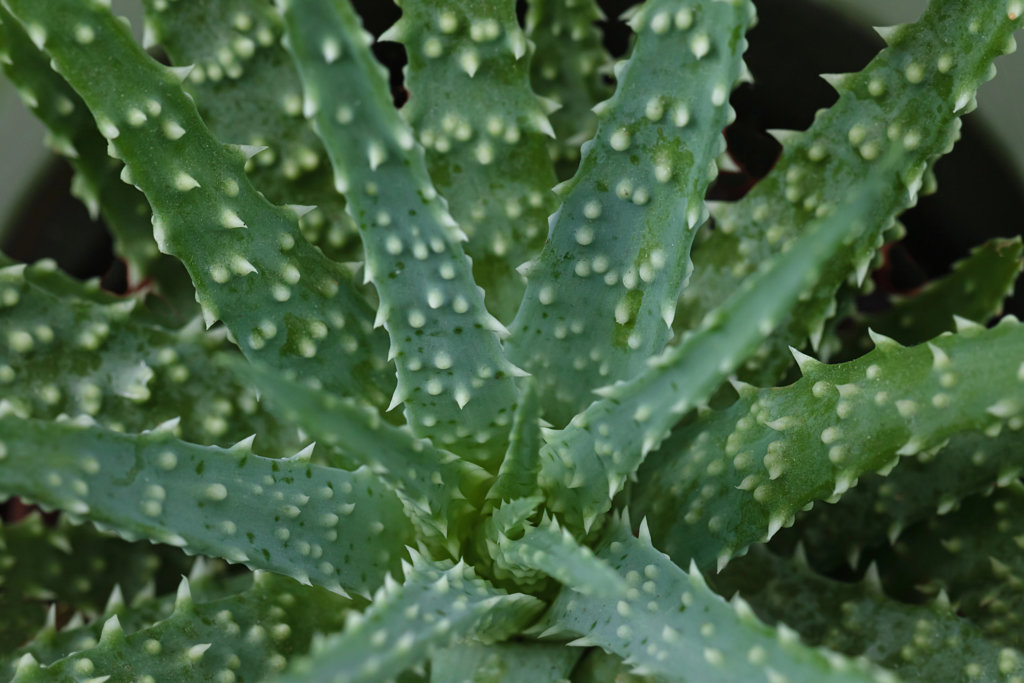
Most aloe species need bright light and fast-draining soil. You should water deeply but only after the soil has dried. Too much water can cause root rot.
Notable aloe species:
| Species | Common Name | Growth Habit |
|---|---|---|
| Aloe vera (A. barbadensis) | Aloe vera | Medium clumping |
| Aloe aristata | Lace aloe | Small rosette |
| Aloe humilis | Spider aloe | Compact rosette |
String of Pearls and Trailing Types
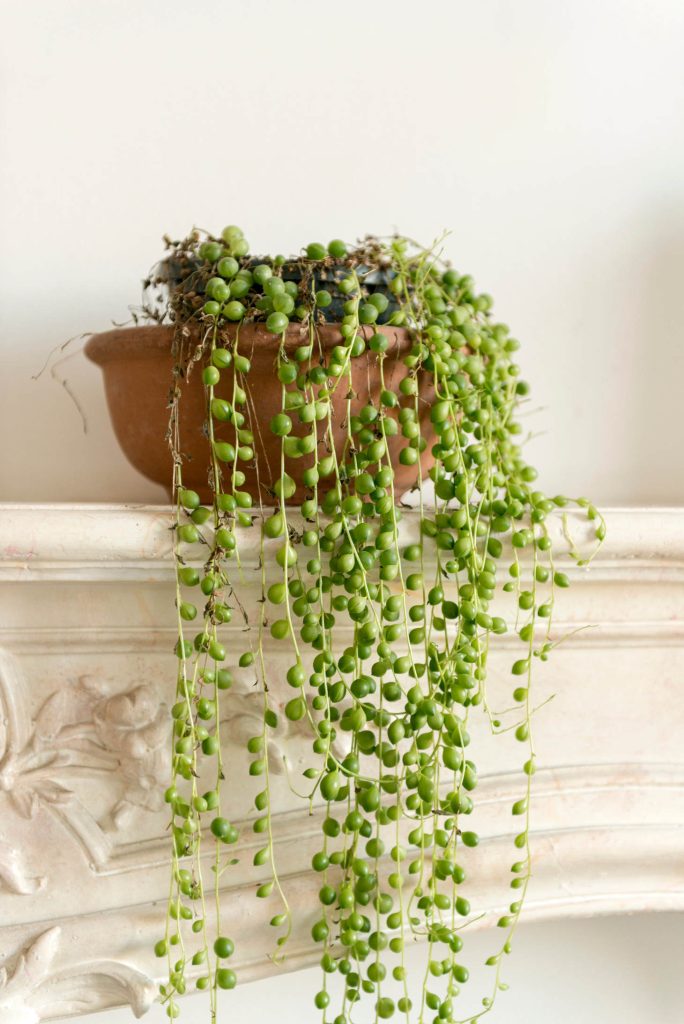
The string of pearls (Senecio rowleyanus) is a trailing succulent with bead-like leaves that resemble green pearls. You can grow it in hanging baskets where the stems can cascade several feet. It needs bright, indirect light and careful watering since the small leaves store only limited moisture.
Other trailing succulents include string of bananas and string of dolphins, which have similar care needs but slightly different leaf shapes. These plants are sensitive to overwatering, so a shallow pot with drainage holes works best.
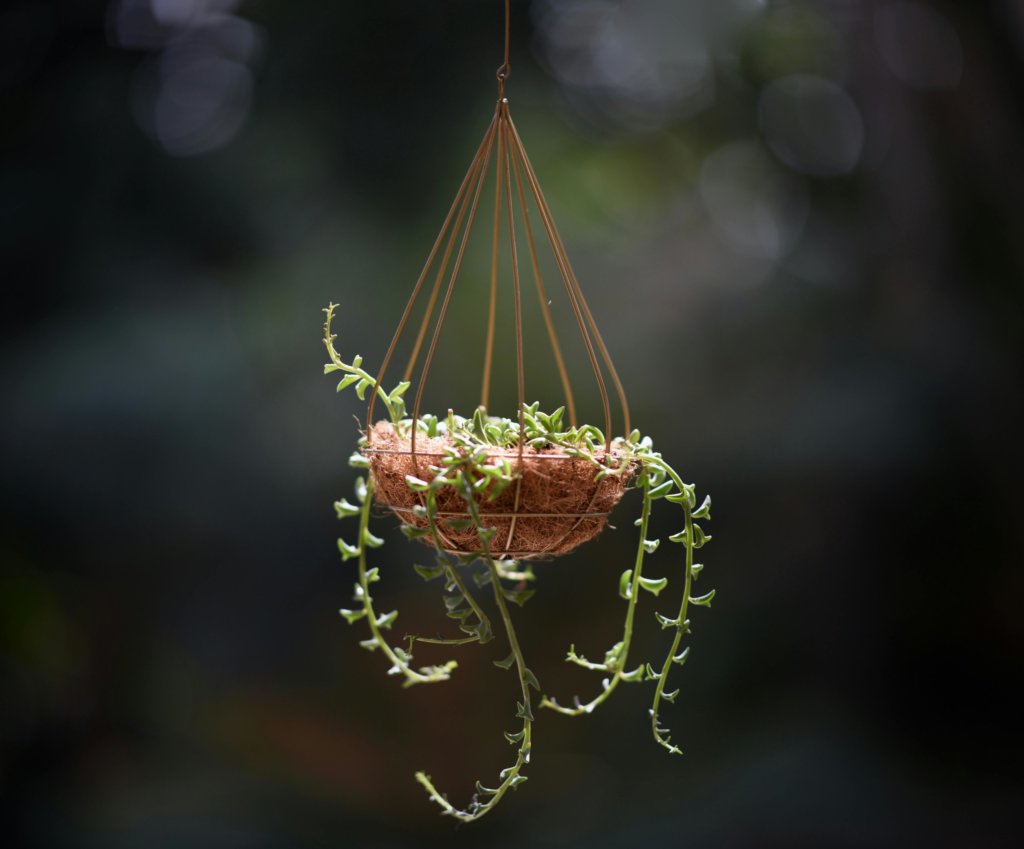
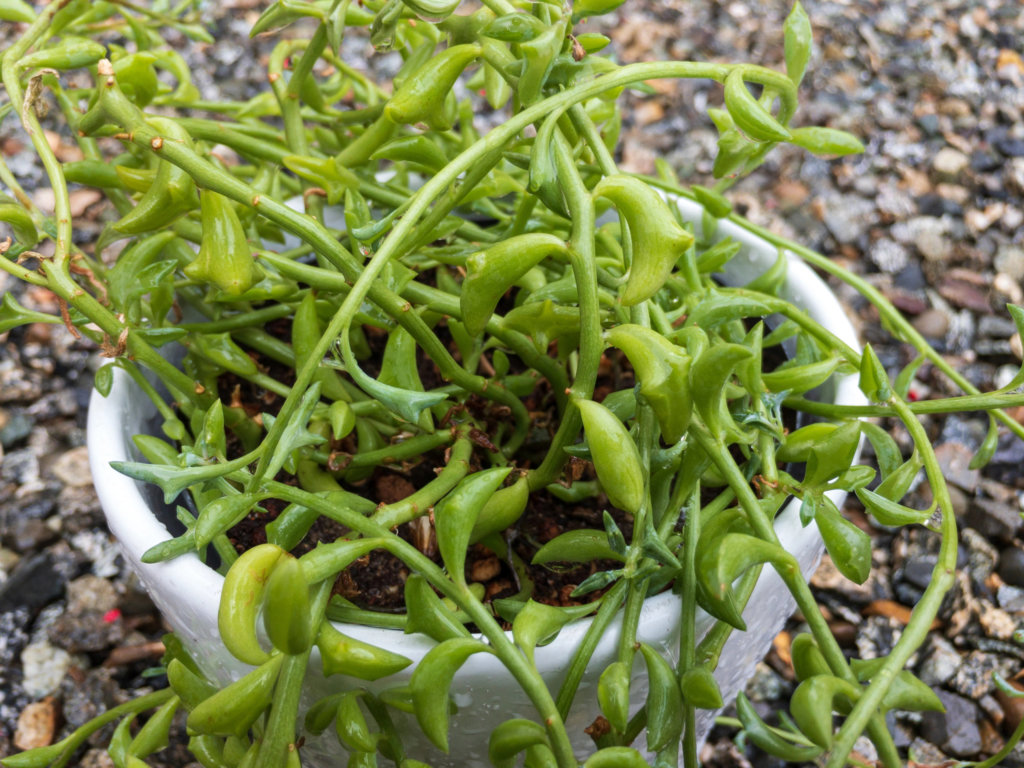
You may see small white flowers with a cinnamon-like scent when conditions are right. Pruning and replanting stem cuttings help keep the plant full and healthy.
Care tips for trailing succulents:
- Use shallow pots with drainage
- Provide bright, indirect light
- Allow soil to dry between waterings
Hens and Chicks and Rosette Forms
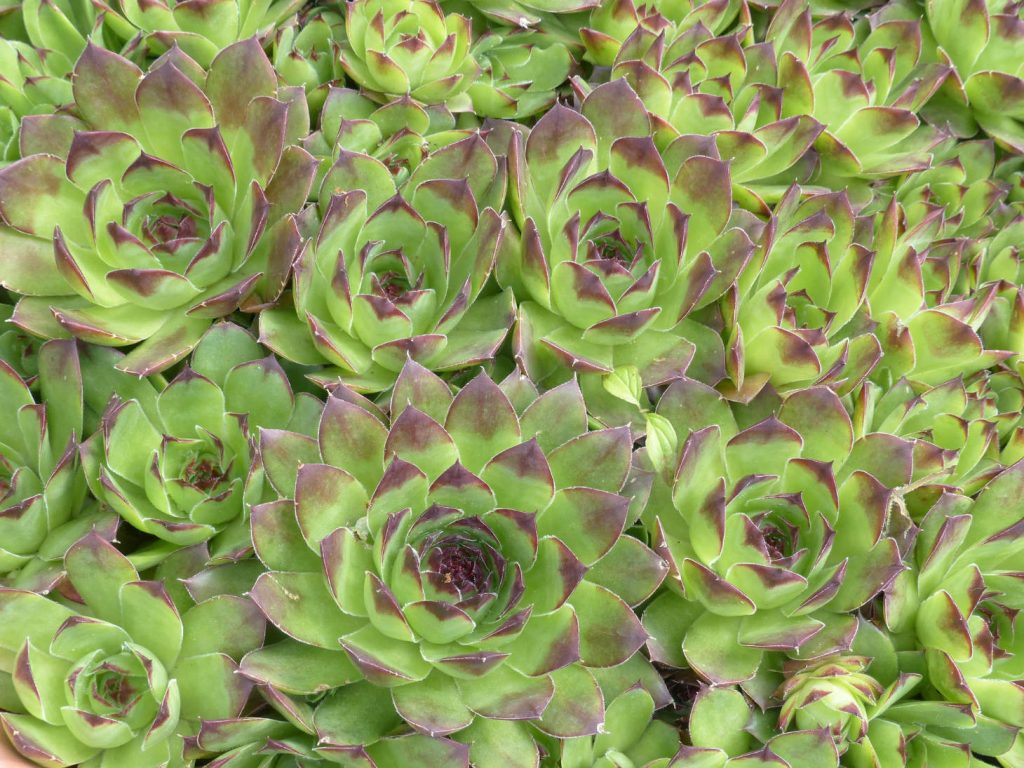
Hens and chicks (Sempervivum species) form tight rosettes of fleshy leaves. The main rosette, called the “hen,” produces offsets, or “chicks,” that spread around it. Sempervivum tectorum is a common type that grows well in rock gardens and outdoor containers.
These succulents tolerate cold weather better than many others, making them suitable for outdoor planting in temperate regions. They thrive in poor, sandy soil and require little maintenance once established.
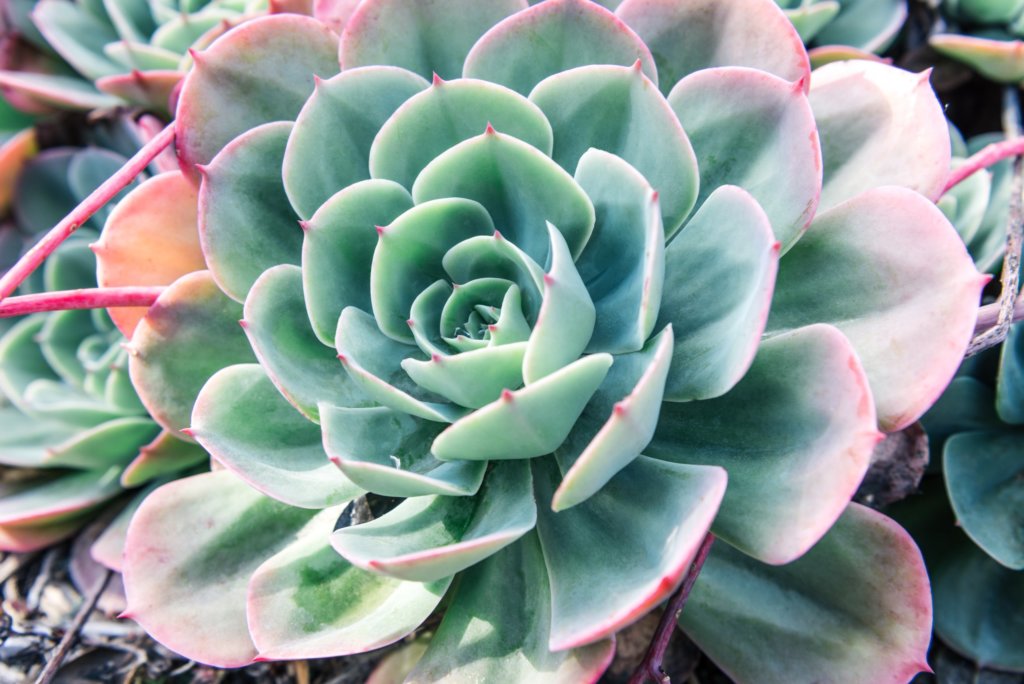
Rosette succulents also include Echeveria elegans, which has smooth, symmetrical leaves in soft blue-green tones. Unlike sempervivum, echeveria prefers warmer conditions and is often grown indoors or in frost-free areas.
Examples of rosette succulents:
- Sempervivum tectorum (hens and chicks)
- Echeveria elegans (Mexican snowball)
Both types add structure and color to arrangements, and their geometric growth makes them popular choices for decorative displays.
Unique and Decorative Succulent Types
Some succulents stand out because of their unusual shapes, textures, or seasonal flowers. These plants can add strong visual interest to your collection while still being easy to care for if you know their needs.
Kalanchoe and Flowering Succulents
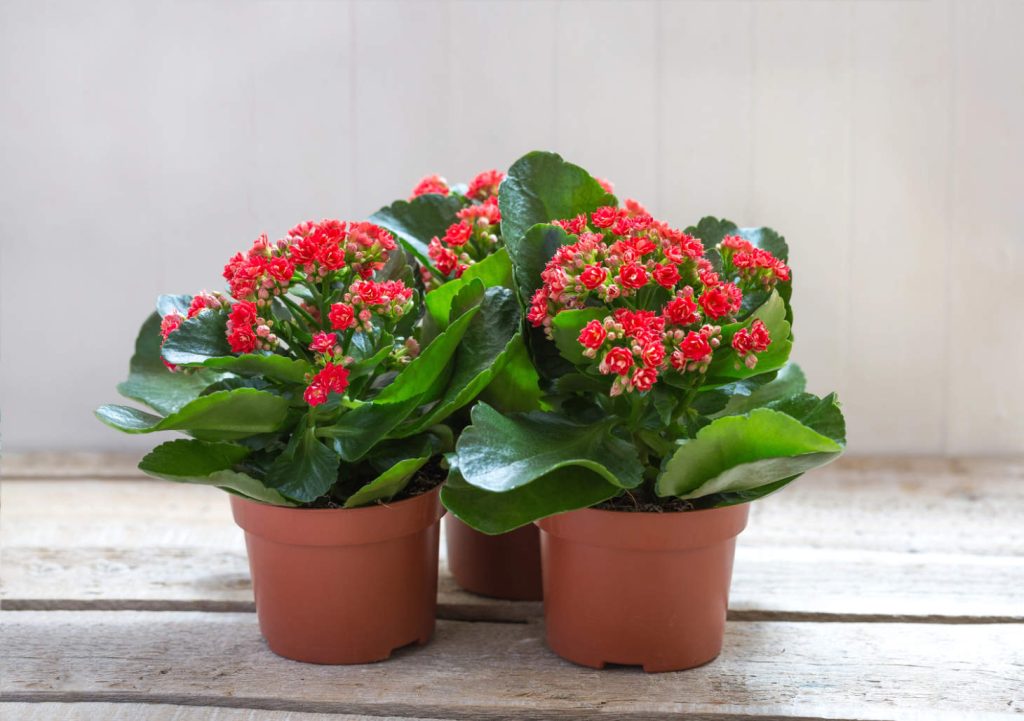
Kalanchoe plants are valued for their colorful blooms and varied leaf shapes. They are easy to grow indoors and often flower in winter when other plants are dormant.
Kalanchoe blossfeldiana, also called Flaming Katy, is the most common flowering type. It produces clusters of red, pink, orange, or yellow flowers. With proper care, it can bloom several times a year.
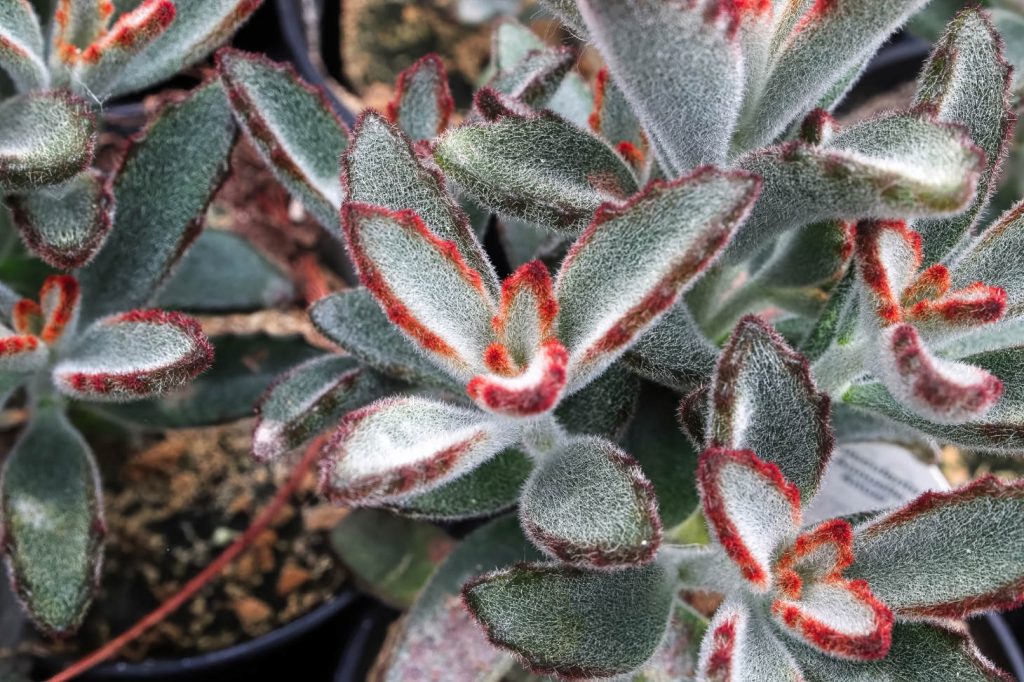
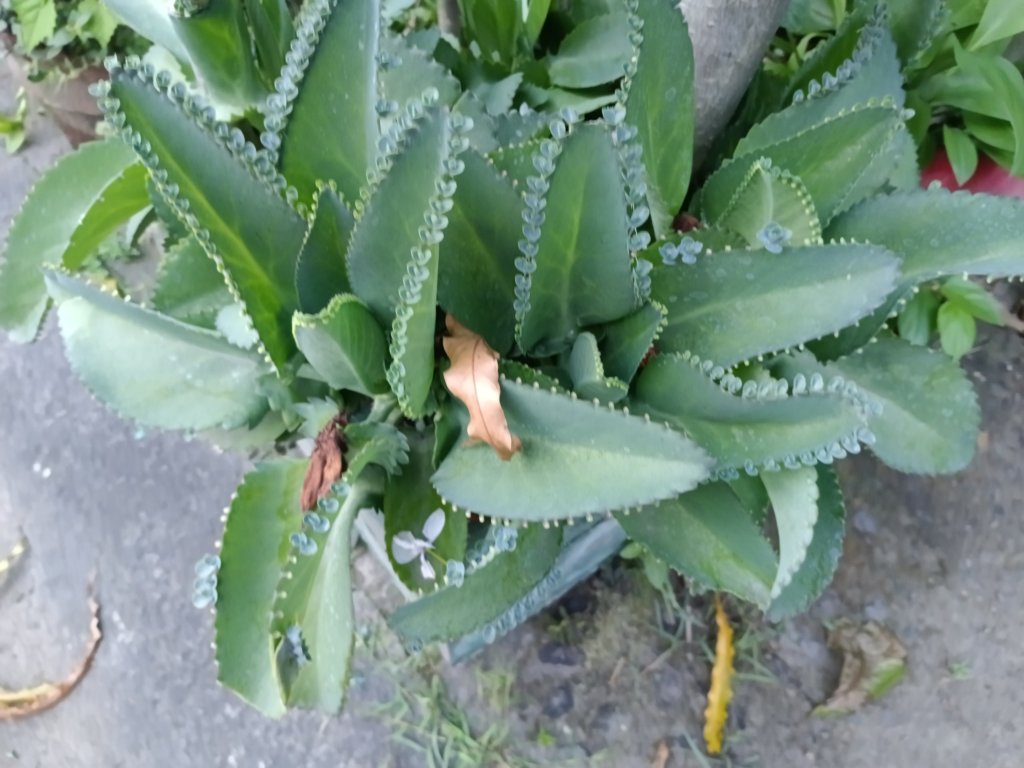
For a more unusual look, Kalanchoe tomentosa or Panda Plant has fuzzy, gray-green leaves edged with brown. It is mainly grown for its foliage rather than flowers. Another striking species is Kalanchoe daigremontiana, sometimes called Mother of Thousands. It grows small plantlets along its leaf edges that drop and root easily.
These varieties give you options ranging from showy flowers to unique leaf textures, making them versatile choices for both decorative and practical use indoors.
Lithops and Living Stones
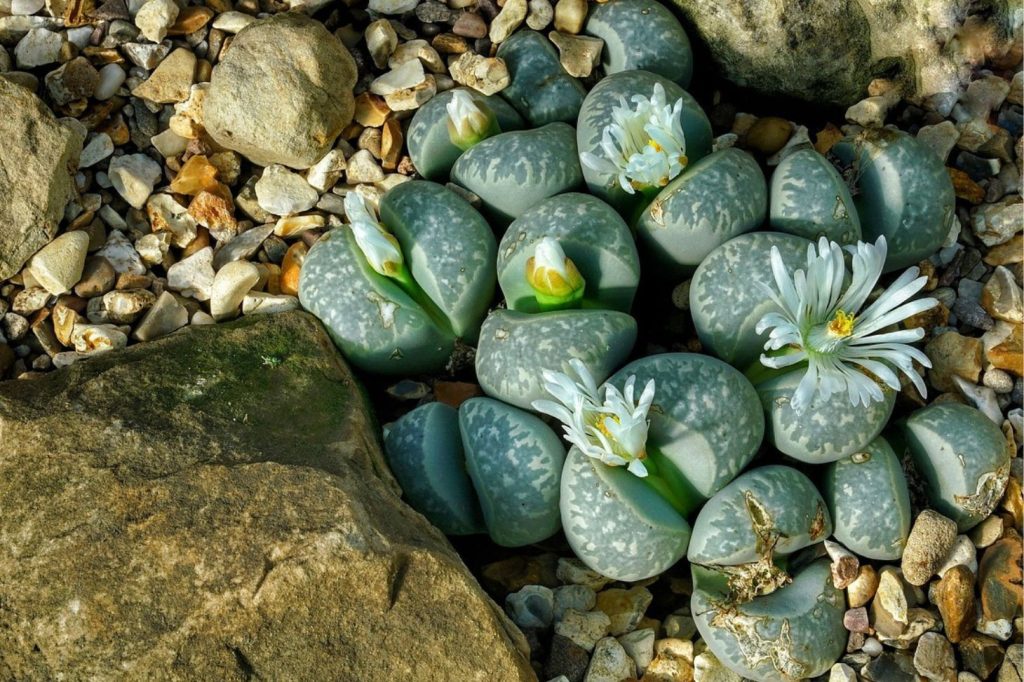
Lithops, often called Living Stones, are small succulents that mimic the appearance of pebbles. Their camouflage helps them survive in rocky, arid regions by blending into the soil surface.
Each plant consists of two thick leaves that split down the middle. In autumn, they produce daisy-like flowers that emerge from the central fissure. The flowers are usually white or yellow, depending on the species.
You should grow lithops in shallow containers with very gritty soil. Overwatering is the most common mistake, as these plants store water in their leaves and need long dry periods. Their slow growth and unusual form make them a collector’s favorite.
Lithops are best displayed in groups, where their varied colors and patterns resemble a natural stone bed. This makes them one of the most decorative succulents for small spaces.
Best Succulents for Indoor Spaces
Some succulents stay compact and thrive in small pots, while others grow tall or trail down shelves. You can choose among upright, rosette-forming, or cascading types depending on how much space and light you have indoors.
Haworthiopsis
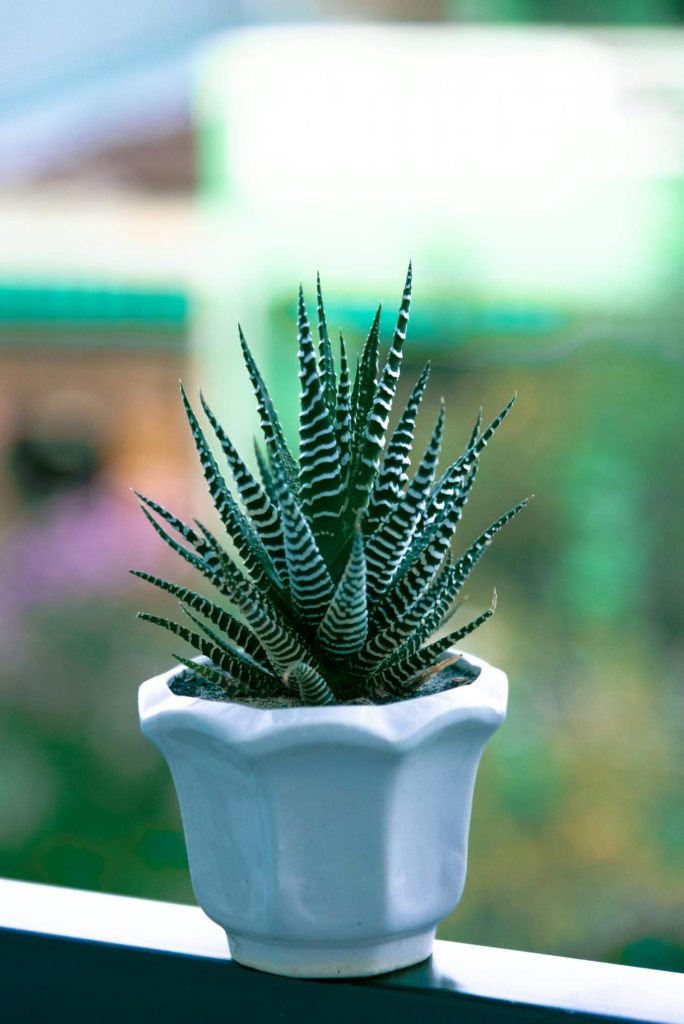
Haworthiopsis species are small, slow-growing succulents that fit well on desks and windowsills. The most popular is Haworthiopsis attenuata, also known as the Zebra Haworthia or Zebra Plant. Its dark green leaves with white horizontal stripes make it stand out without taking up much room.
These plants tolerate low to medium light, though they look best with bright, indirect sunlight. They need well-draining soil and only occasional watering, as overwatering easily damages their roots.
Because of their compact size, you can group several Haworthiopsis together in shallow containers. They also mix well with other small houseplants, making them a versatile choice for limited indoor spaces.
Key care points:
- Light: Bright, indirect
- Water: Every 1-2 weeks when soil is dry
- Size: 4-6 inches tall
Snake Plant and Relatives
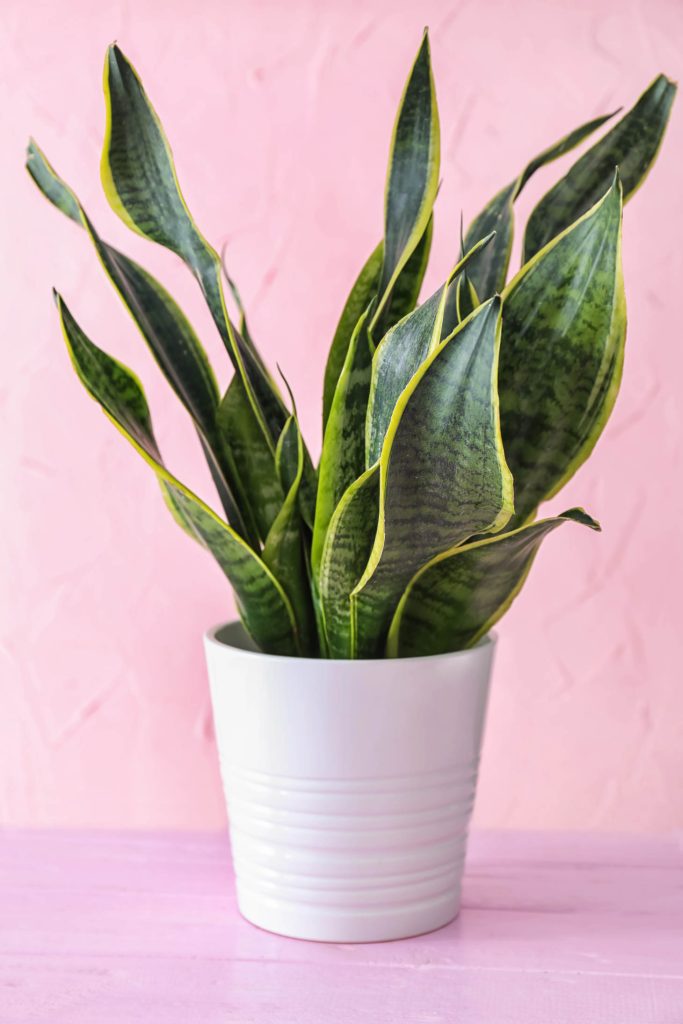
The Snake Plant (Dracaena trifasciata), once called Sansevieria, is one of the easiest indoor succulents to maintain. Its tall, upright leaves can grow several feet high, giving a bold look to corners and entryways.
Snake plants tolerate low light but grow faster in bright, indirect light. They store water well, so you only need to water them every few weeks. Their ability to handle neglect makes them a reliable choice for busy households.

Other related succulents include the Ponytail Palm (Beaucarnea recurvata). Despite its name, it is not a true palm but a succulent with a thick bulb-like base that stores water. It grows slowly, producing long, arching leaves that resemble a fountain.
Comparison Table:
| Plant | Height Range | Water Needs | Light Preference |
|---|---|---|---|
| Snake Plant | 1–4 ft | Very low | Low–bright indirect |
| Ponytail Palm | 1–6 ft | Low | Bright indirect |
Trailing and Hanging Succulents
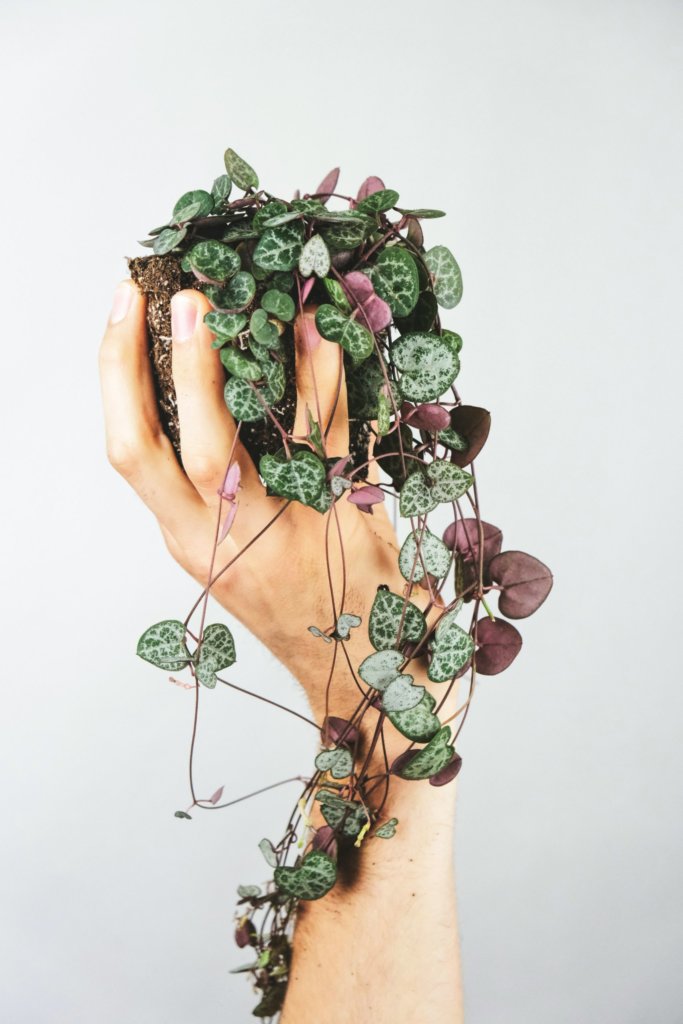
Trailing succulents give you options for shelves, hanging baskets, or tall planters. One common choice is Ceropegia woodii, often called String of Hearts. Its small, heart-shaped leaves grow along thin vines that can reach several feet in length.
Another option is the Elephant Bush (Portulacaria afra). While it can grow as a shrub outdoors, indoors it stays smaller and works well in containers. Its small, round leaves and branching stems can be trained to trail or stay upright.
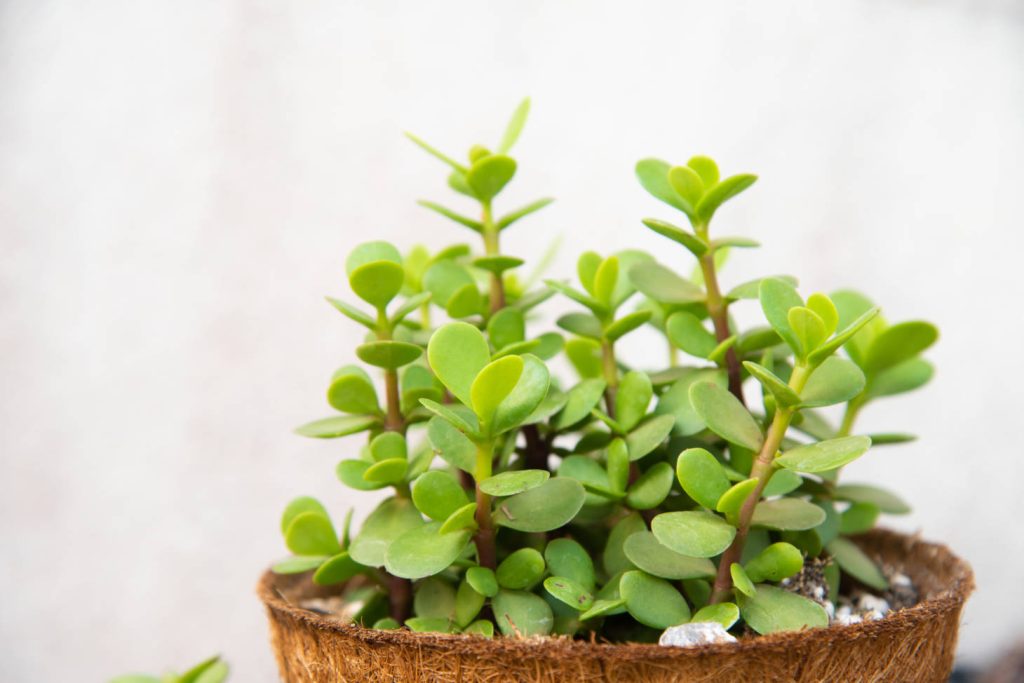
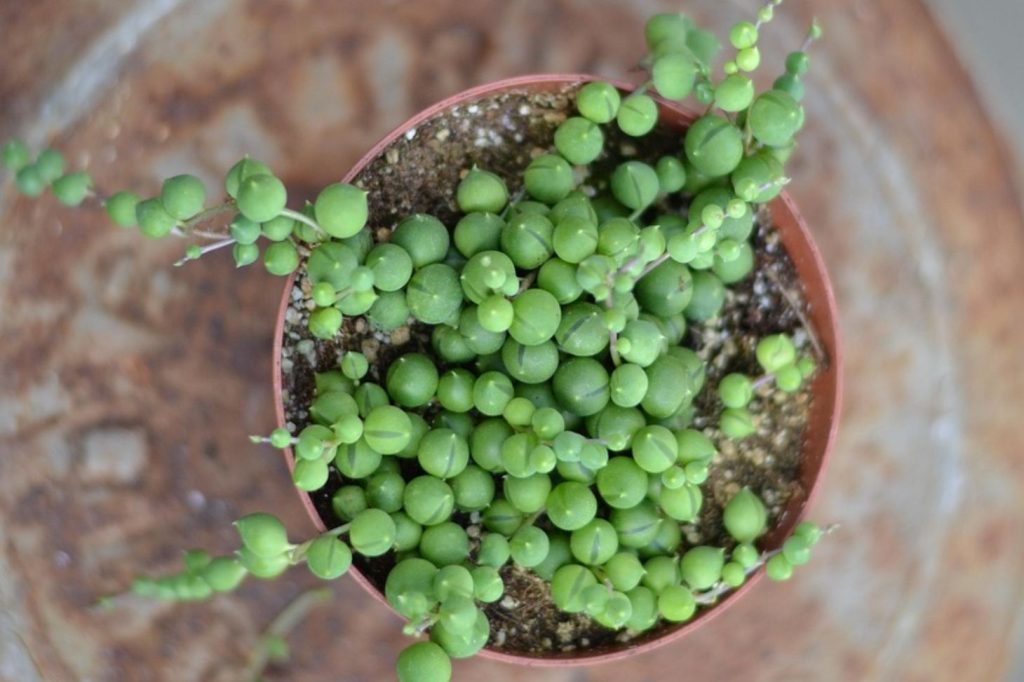
You can also try String of Pearls (Senecio rowleyanus), which forms bead-like leaves on cascading stems. This plant prefers bright light and needs careful watering, as its round leaves store water but can shrivel if neglected for too long.
Care tips for trailing types:
- Use hanging pots with drainage
- Place near bright windows
- Allow soil to dry fully between waterings
Frequently Asked Questions
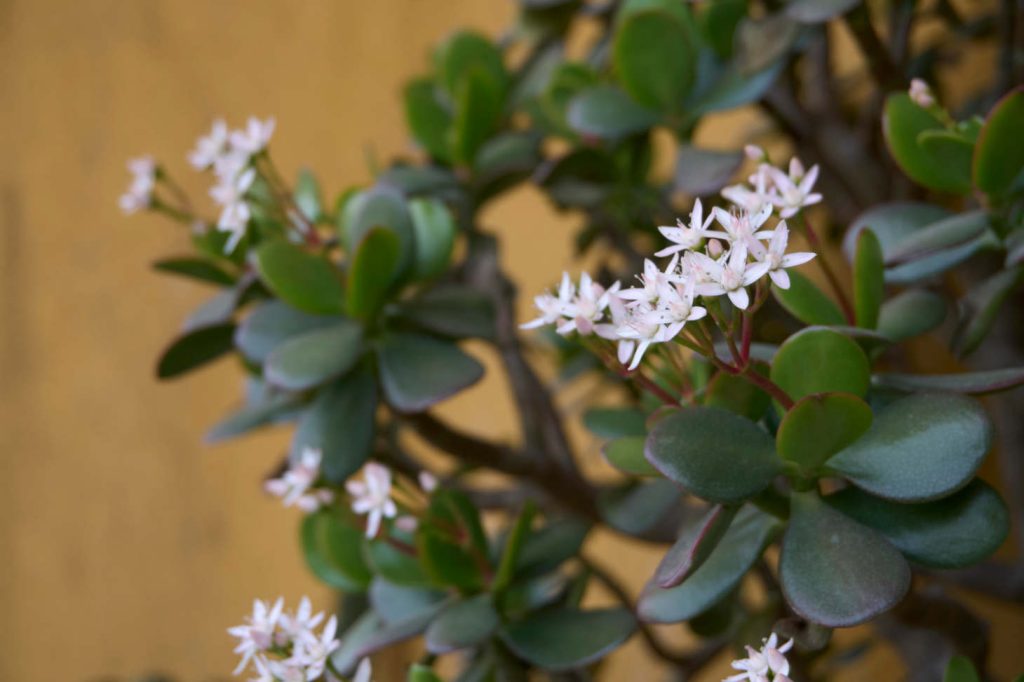
You can recognize succulents by their leaf shapes, growth patterns, and textures. Some varieties grow well indoors with limited light, while others thrive outdoors. Care usually involves proper watering, soil choice, and sunlight.
How can I identify different succulent varieties?
You can identify succulents by looking at their leaf size, shape, and arrangement. For example, Aloe has thick, pointed leaves, while Echeveria forms tight rosettes. Checking for flower color and growth habit also helps.
Which succulents are best suited for growing indoors?
Succulents that handle lower light do best indoors. Haworthia, Gasteria, and Jade Plant (Crassula ovata) adapt well to windowsills or desks. They stay compact and need less direct sunlight than outdoor types like Agave.
Where can I find a comprehensive succulent identification chart?
You can find identification charts in gardening books, plant guides, and online resources from plant care websites. These charts often include photos and names of common varieties like Sedum, Echeveria, and Kalanchoe, making it easier to compare features.
How do I care for the most popular succulent varieties?
Most succulents need well-draining soil, bright but indirect light, and infrequent, thorough watering when the soil is dry. Adjust care based on the plant’s natural environment; for instance, some Echeveria species prefer bright light, while most Aloe species thrive in bright, indirect light.

